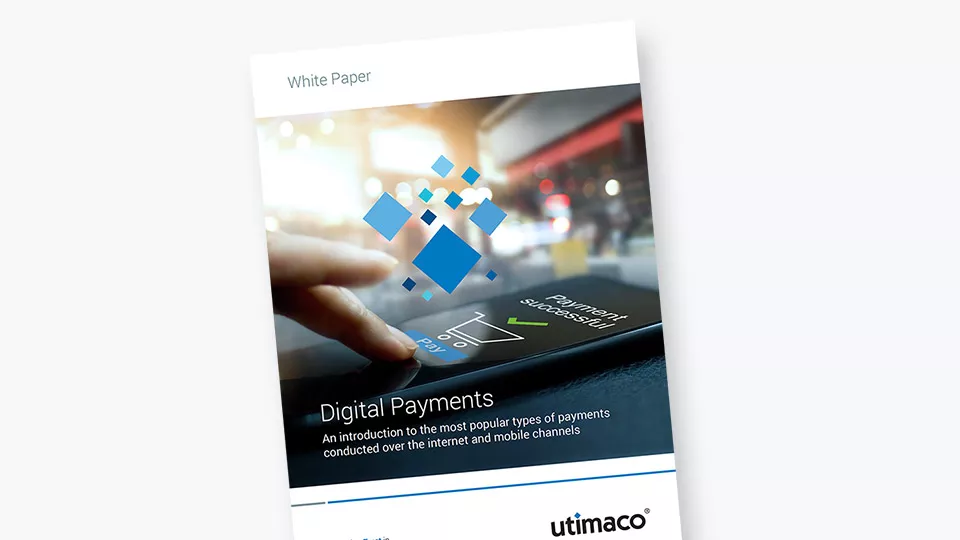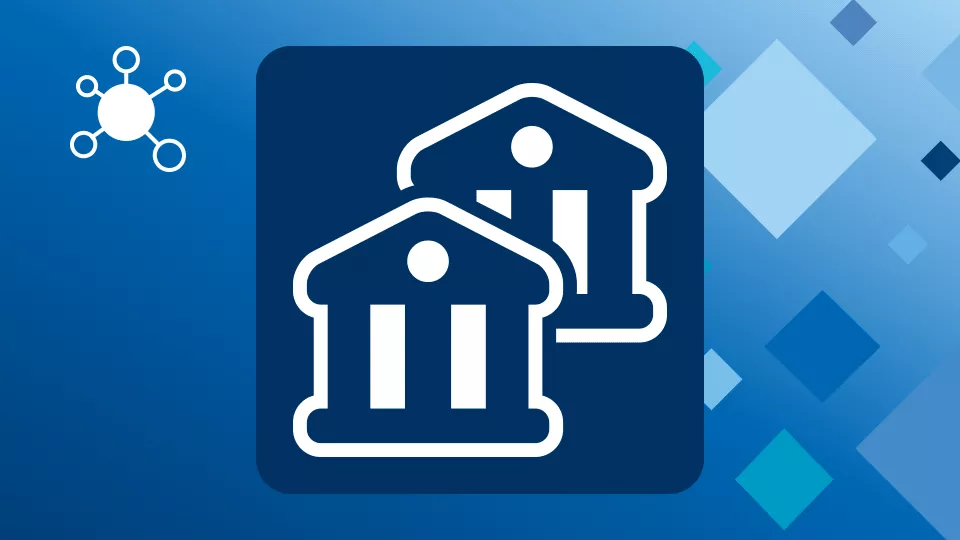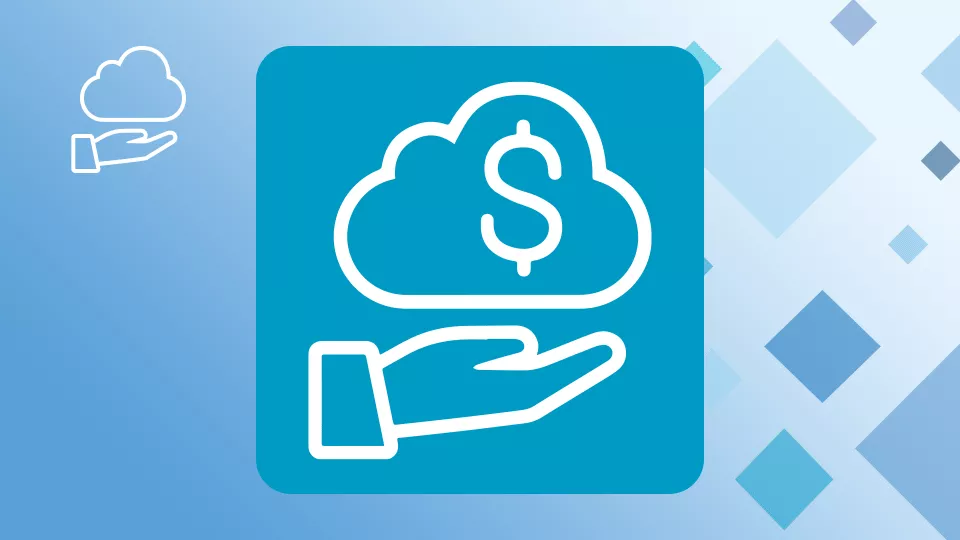Definition: A digital payment, also known as an electronic payment, involves moving value from one payment account to another through the use of a digital device or platform.
This concept encompasses various payment methods like bank transfers, mobile money or wallets, contactless payments, cryptocurrencies, QR codes, and payment tools such as credit, debit, and prepaid cards. These payments can take on different levels of digital involvement, ranging from partially digital to predominantly digital, or entirely digital in nature.
Digital Payments explained
Digital payments entail the movement of money or value exchange through electronic methods, primarily utilizing digital devices and the internet. When compared to traditional paper-oriented payment ways such as cash, this method of transaction has gained considerable favor due to its enhanced convenience, rapidity, and security. Consumers and organizations now anticipate digital payment facilities to be made available for faster and more secure transactions, with no charges, little risk, and more security.
How do digital payments work?
The digital payment ecosystem operates with multiple intermediaries collaborating harmoniously to ensure a seamless transaction. The entities involved in the end-to-end processing of a digital payment transaction include the merchant (payee), the consumer (sender of payment), the financial institution, and the payment network.
The following information describes how digital payments work
- Initiation: The payer, or the person making the payment, initiates the transaction.
- Authentication: The payer may be required to give authentication in order to ensure the security of the transaction. This may involve inputting a PIN, employing biometric characteristics like fingerprint or facial recognition, or providing a security code.
- Data encryption: After the payment has been initiated and authorized, sensitive information is encrypted to prevent unauthorized access while it is being transmitted.
- Payment Processing: A payment processor or gateway receives the encrypted payment data. This entity verifies the payer's details, checks for available funds, and ensures the transaction complies with security protocols.
- Authorization: The payment processor requests authorisation to deduct the specified amount from the payer's financial institution (bank or credit card issuer) after verifying the payment details.
- Funds Transfer: If the authorization is successful, the funds are transferred from the payer's account to the payee's account. Intermediaries including banks, clearinghouses, and payment networks may be used in this process.
- Notification: A notification verifying the completed transaction is often sent to both the payer and the payee.
- Record Keeping: A record of the transaction is stored electronically, providing a traceable history of payments.
- Final Settlement: Final settlement might happen at a later time, particularly if batch processing or complex financial systems are involved. However, the payee frequently has immediate access to the funds.
Digital payments additionally provide the payee the capability to gather customer information for data analysis and market segmentation purposes. This empowers retailers and issuing banks to utilize digital payments in conjunction with loyalty and incentive schemes, aiming to enhance customer acquisition and retention through personalized marketing initiatives and tailored promotions.
To modernize financial systems, enhance efficiency, and increase overall transaction convenience, organizations, governments, and financial institutions have been encouraging the adoption of digital payment technology. The use of digital payments streamlines financial transactions, reduces reliance on physical money, and empowers people to effectively manage their accounts and conduct business using a variety of digital tools.






